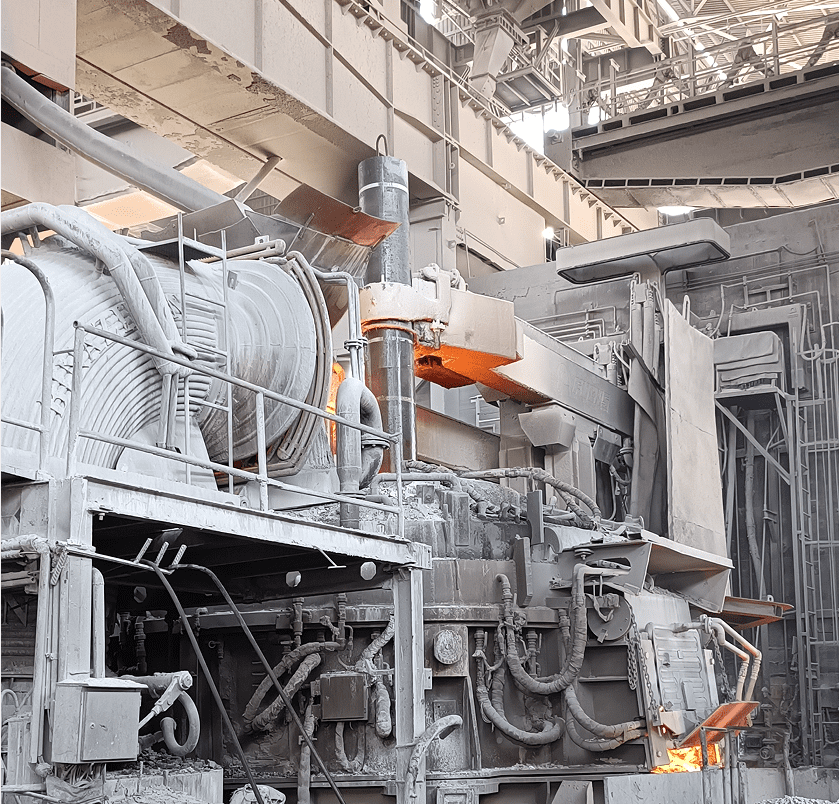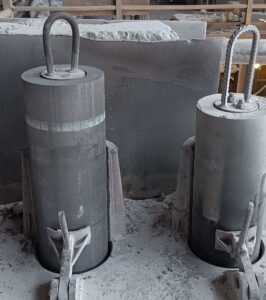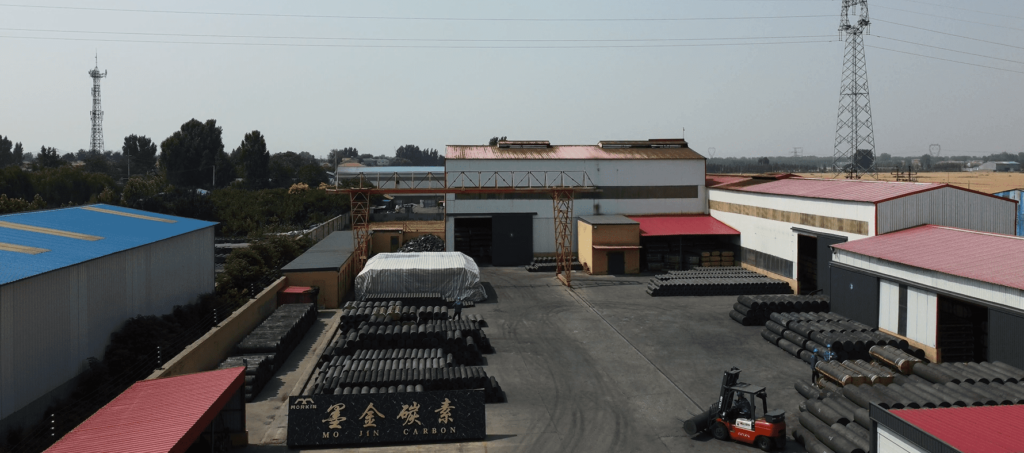
Graphite electrodes, also known as artificial graphite electrodes, use petroleum coke and needle coke as the main raw materials, and coal pitch as the binder. They are processed through calcination, crushing and grinding, batching and kneading, extrusion, baking, asphalt impregnation, graphitization, A high-temperature resistant graphite conductive material produced through a series of processes such as mechanical processing.
It has the characteristics of high temperature resistance, high conductivity, oxidation resistance, high mechanical strength, and low impurity content.
During the steelmaking process, graphite electrodes will produce a certain amount of consumption, which can be divided into normal consumption and abnormal consumption. In normal consumption, there are three types of consumption: arc consumption, chemical consumption and oxidation consumption. Although they contribute to losses in the graphite electrode, they do so in different ways.
Firstly, arc consumption is also called evaporation consumption. Because high temperatures of up to 3000°C will occur between the electrode and the electric charge, the graphite electrode will continue to be consumed, accounting for about 40% of normal consumption.
Secondly, chemical consumption refers to the reaction between the electrode and certain impurities such as iron, calcium and strong oxides in the steel or the iron in the molten steel. This consumption is also directly related to the quality of the steel and the diameter of the graphite electrode.
Thirdly,oxidation consumption refers to the consumption caused by the reaction with oxygen during the steelmaking process. It is related to the atmosphere in the furnace, coal gas temperature and gas flow. It accounts for about 50%-60% of normal consumption, which is the largest consumption.






